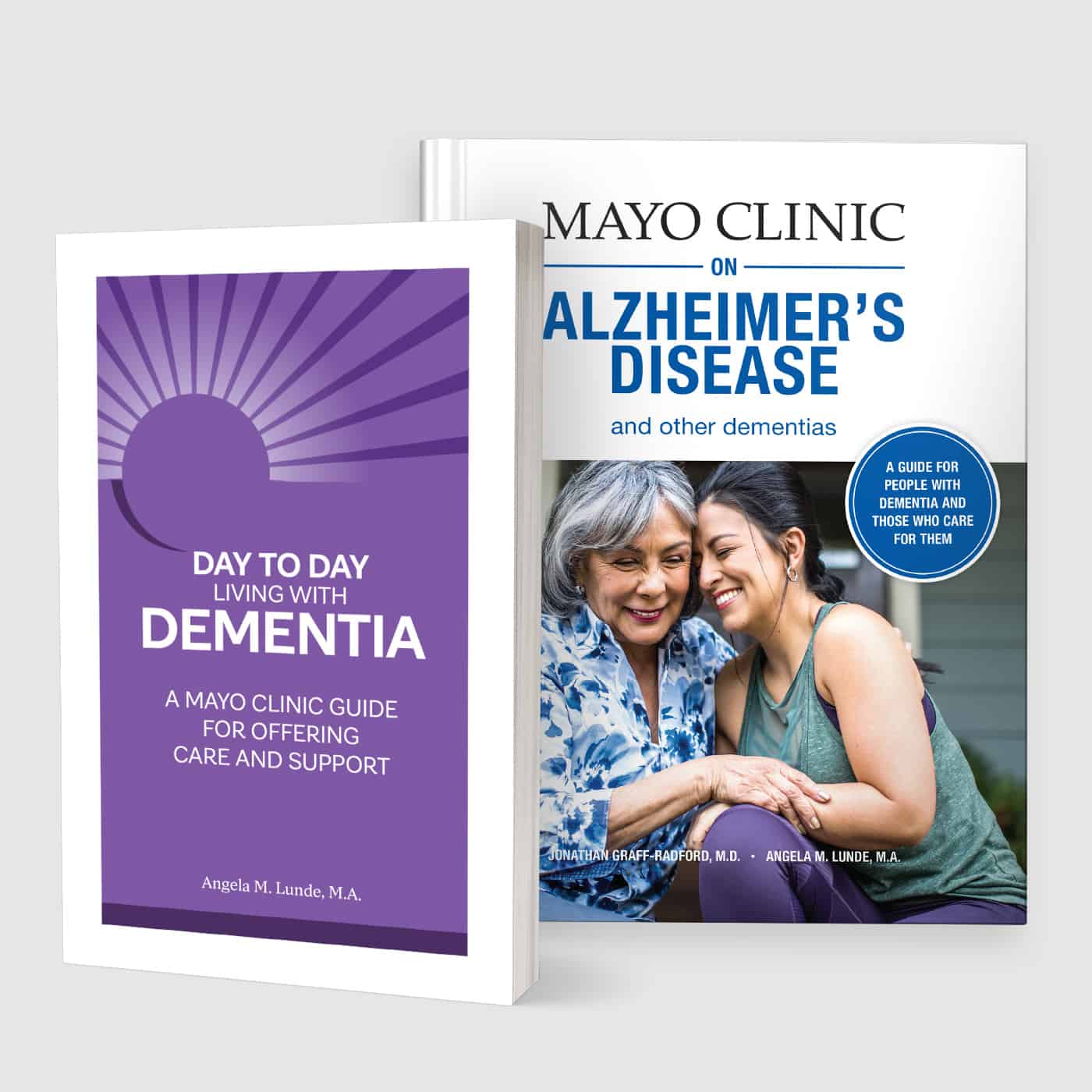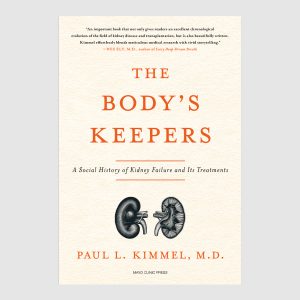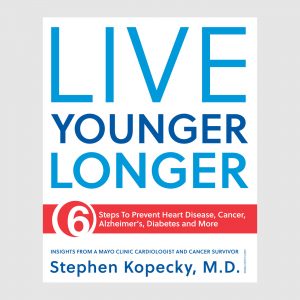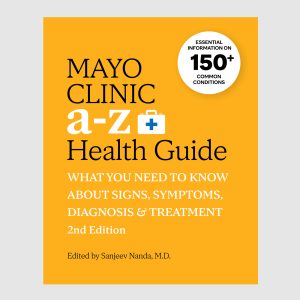
Disordered eating refers to a wide range of behaviors that involve eating in a way that prevents full participation in life activities or impairs healthy growth and development. At best, disordered eating can lead to physical and psychological symptoms in children and teens. At worst, disordered eating can develop into an eating disorder. Eating disorders refer to a number of related mental illness diagnoses that affect millions of Americans each year. If left untreated they can become life-threatening. Eating disorders have one of the highest rates of death associated with them of any mental health diagnosis. Though the phrase “disordered eating” can be used to describe a range of problematic eating behaviors, there are specific criteria for eating disorders defined by the Diagnostic and Statistical Manual of Mental Disorders (DSM-5 TR). These include anorexia nervosa, bulimia nervosa, binge eating disorder, avoidant restrictive food intake disorder (ARFID), and other specified feeding and eating disorders.
Who is most at risk for eating disorders?
“More and more, our data suggests that eating disorders are much more equal opportunity and affect a much broader range of individuals than the stereotypical white, cisgender, wealthy, emaciated adolescent girl,” states Dr. Jocelyn Lebow, Ph.D., L.P., a clinical psychologist at Mayo Clinic in Rochester, Minnesota. Eating disorders affect people of all gender identities, ethnicities, cultures, ages and body sizes.
What causes eating disorders?
A variety of factors increase the risk of eating disorders including family history, trauma, weight-related bullying and many mental health diagnoses such as obsessive-compulsive disorder. People who identify as transgender or nonbinary also are at increased risk. One of the biggest risk factors, Dr. Lebow stresses, is any sort of dieting or food restriction, even when these behaviors begin as a result of good intentions to “get healthier” or even in response to advice from professionals. Certain sports where size or weight plays a role also can put young athletes at risk. Weight bias also increases the risk of eating disorders, which is important, as more than 40% of American adults report having faced some sort of stigma, teasing or unfair treatment related to their weight, according to the American Psychological Association. Additional culprits may include individual biology and personality traits, environmental triggers such as trauma, and societal influence including social media and the too-common unspoken narrative that “thin = good,” which is often referred to as the “thin ideal.”
When does being health-conscious cross over into eating disorder risk?
“In kids, one of the signs that eating behaviors have crossed the line is when we see a large deviation from their growth curve or trend. This doesn‘t just happen with weight loss; we also see it when kids stop making the gains in height or weight we’d expect based on their age,” says Dr. Lebow. Additional physiological warning signs can include:
* Changes to or even the loss of a period in girls.
* Abnormal lab values or negative change to vital signs.
* A stress fracture or other injury that indicates loss of bone strength.
Those symptoms occur frequently, but an eating disorder may still be present even if things look clinically normal.
Behaviorally, disordered eating often presents as inflexibility or rigidity around diet and exercise. For example:
* Are eating or exercise habits so rigid that they interfere with normal activities or functioning?
* Does the thought of eating certain foods provoke anxiety or fear?
* Can all different kinds of foods be enjoyed without significant guilt or overthinking?
Impairment or impact on life is key to look for. Although physiological markers also can be present in adults, someone is likely to be quite ill by the time they show up.
How can I address my concern about their eating with a family member or friend?
“There’s no guarantee it’s going to go well. That doesn’t mean you shouldn’t say something if you are worried,” states Dr. Lebow. She emphasizes the ideal approach should be free of blame or judgement, as eating disorders often are characterized by a lot of shame and suffering for the people who have them. Concerned friends and family should take a compassionate, respectful and direct approach. For example: “I’m concerned. I’m noticing you’re not eating very much. Do you think it might be a good idea to talk to your doctor about this?” This type of conversation, of course, depends on your relationship. If it is a child you’re concerned about, talk to their parent or guardian privately first.
What does treatment look like?
If you or a family member believes you may need treatment for an eating disorder, start with your primary care provider. They should be able to make an assessment, ensure your medical stability and determine the best treatment type. Treatment for eating disorders may occur in an outpatient, day treatment, inpatient or residential setting. Seek out a therapist and a registered dietitian who specializes in eating disorders. Eating disorder treatment is not something all therapists and dieticians are trained to do.
In children, family-based treatment (FBT) is the first line treatment for anorexia nervosa, while bulimia nervosa may be addressed through family-based treatment (FBT), enhanced cognitive behavioral therapy (CBT-E), dialectical behavior therapy (DBT), and acceptance and commitment therapy (ACT). For adults with anorexia nervosa, there are unfortunately no evidence-based outpatient approaches. Many adults with anorexia nervosa need to be treated in higher levels of care, like day treatment or residential programs. For adults with bulimia nervosa or binge-eating disorder, options include enhanced cognitive behavioral therapy (CBT-E), dialectical behavior therapy (DBT), acceptance and commitment therapy (ACT), or integrative cognitive-affective therapy (ICAT). Intervention options and recommendations are dependent on age, diagnosis, health status and severity.

Relevant reading
Dementia and Alzheimer's Disease Bundle
Dementia is a serious health challenge. By some estimates, the number of people living with dementia could triple by 2050. In Mayo Clinic on Alzheimer's Disease and Other Dementias you will learn the earliest signs of abnormal aging, features of each stage of Alzheimer's disease, how dementia is diagnosed and…




















